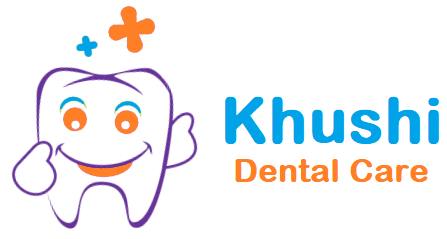Dental Digital X-rays: Advancing Imaging Technology for Enhanced Diagnosis and Patient Care
Dental digital X-rays have revolutionized the field of dentistry, providing an advanced and efficient method of capturing high-quality images of the oral structures. With their numerous advantages over traditional film-based X-rays, digital radiography has become the standard in dental imaging. In this article, we will explore the benefits of dental digital X-rays, their technology, and their impact on diagnosis and patient care.
Digital X-rays, also known as digital radiographs, utilize electronic sensors to capture images of the teeth, jaws, and surrounding oral structures. Unlike traditional film-based X-rays that require chemical processing and manual development, digital X-rays instantly produce digital images that can be viewed on a computer screen. This technology has transformed the way dental professionals diagnose and treat various oral conditions.
One of the primary advantages of dental digital X-rays is their superior image quality. Digital sensors are highly sensitive to X-ray radiation, allowing for precise and detailed images of the teeth and supporting structures. The enhanced clarity of digital X-rays enables dentists to detect dental issues, such as cavities, periodontal disease, or impacted teeth, at an early stage when treatment is most effective.
Digital X-rays also offer the benefit of immediate image availability. Unlike traditional X-rays that require time-consuming film processing, digital images are available for viewing within seconds. This instant access to radiographic images allows dentists to make immediate assessments and discuss treatment options with patients in real-time. Furthermore, digital images can be easily stored and shared electronically, facilitating communication between dental professionals and other specialists if necessary.
Another significant advantage of dental digital X-rays is their reduced radiation exposure. Digital radiography requires significantly less radiation compared to traditional film-based X-rays. This is particularly important for patient safety, as minimizing radiation exposure is a top priority in healthcare. With digital X-rays, patients can have peace of mind knowing that their radiation exposure is minimized while still receiving accurate and diagnostic images.
Digital X-rays also contribute to a more eco-friendly dental practice. With traditional film-based X-rays, the process involves the use of chemicals for film processing and results in the generation of hazardous waste. Digital X-rays eliminate the need for chemical processing and the associated environmental impact, making them a greener alternative in dental imaging.
Furthermore, digital X-rays provide enhanced patient education and engagement. The instant availability of digital images allows dentists to visually show and explain dental conditions to patients. Patients can better understand their oral health status and actively participate in treatment decisions. The visual nature of digital X-rays facilitates improved communication and patient education, leading to greater patient satisfaction and compliance.
